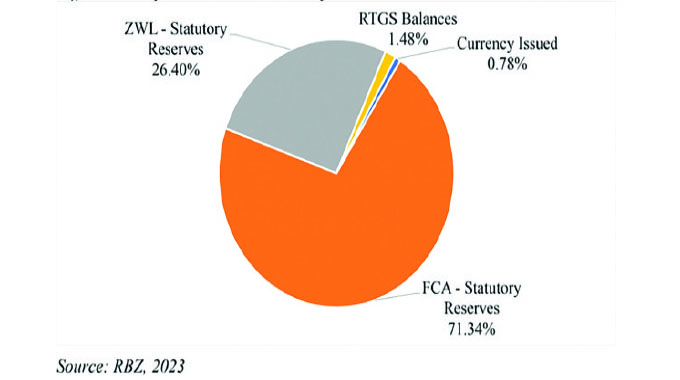Farmers happy with new producer prices

Business Reporter
Farmers have lauded Government for the upward review of cereal crops producer prices, but called for the Grain Marketing Board to make prompt payments to ensure their money is not eroded by inflation.
Government a fortnight ago pegged maize producer price at $12 329, traditional grains at $12 865, soyabean at $17 211 with effect from April 1.
The maize and traditional grains producer price review is more than 200 percent from the last set price of $4 100 in October last year that was, however, reviewed to $6 000 mid-season as inflation continues to erode incomes.
The $6 100 was an adjusted price meant to match the raging inflation at the time from the initially set $4 100 per tonne for small grains and maize.
Farmer organisations have welcomed the adjustments, but indicated that there was need to continuously review the price given the rise in prices of inputs such as seed, fertilisers and chemicals.
A considerable number of farmers last year failed to acquire enough inputs for the 2019/2020 summer cropping season as inputs prices sky-rocketed beyond the reach of many farmers leaving them incapacitated for the better part of planting period.
Zimbabwe Farmers’ Union (ZFU) executive director, Paul Zakaria, noted that the pricing was reasonable given the obtaining prices in the region.
Using the recently introduced fixed rate, price per tonne of maize is pegged at US$493 although all service providers index their prices using the black market rate.
He implored the Government to pay farmers dues timeously for them not to be outdone by the pace of inflation.
“The set prices compare favourably with cereals markets elsewhere in the region and beyond. What will be important, however, is to make these adjustments more frequently in line with the rate of inflation as well as trends on the international markets.
“The other thing is to do with the actual payments to farmers. Prompt payments will ensure that farmers’ cash-flows are not negatively affected – that will preserve value to the producer and encourage improved production,” Mr Zakaria said.
The Grain Millers Association of Zimbabwe (GMAZ), that use grain as its major feedstock, welcomed the price adjustments.
Spokesperson Garikai Chaunza noted; “. . . but we are still consulting with our membership for a position.”
A Macheke farmer, Willard Chakuzha said; “These figures are not bad, but what is critical is for stakeholders to arrest the increase in prices of inputs. Otherwise we will continue chasing a moving target and it becomes a vicious cycle.”
Meanwhile the nation’s maize harvest is anticipated to be below average due to erratic rainfall experienced during the summer cropping season.
Last year Zimbabwe harvested 776 600 tonnes of the staple food, which was significantly lower than the 1,8 million tonnes required for one year’s national consumption.
To produce enough to feed the country – both human and livestock consumption – Zimbabwean farmers require over 500 000 tonnes of both compound and ammonium nitrate fertilisers.








Comments